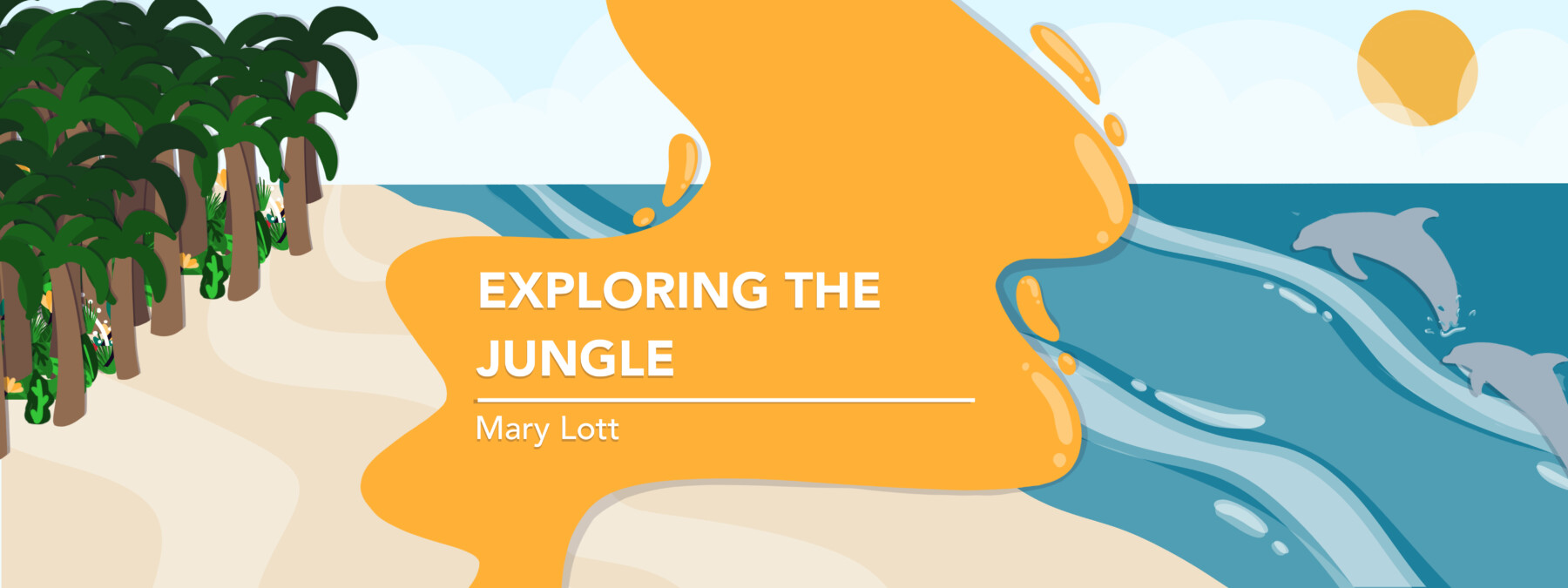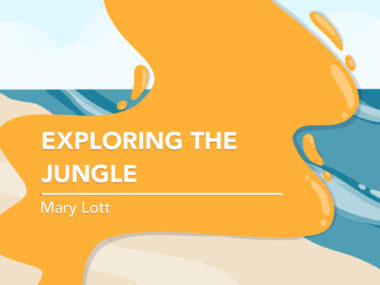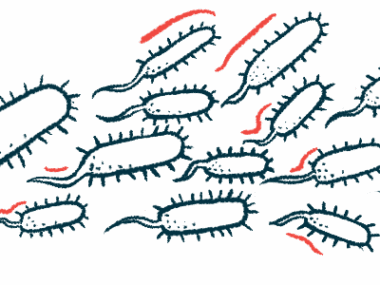Searching for CAD information is like waiting to catch a wave
I see similarities between my hobby and how I'm learning about my disease
Written by |

The warm salt water lifted me up, but I let the wave pass beneath me. It just wasn’t the right one. The next wave seemed to hold more promise.
I felt the energy swell underneath me. As the wave built and began pushing me inward, I looked around to see the beach ahead. I angled my boogie board to the left ever so slightly and moved my weight off the front edge. The crashing on my right told me this path offered a longer and more thrilling ride.
I (totally, dude!) enjoy riding the ocean waves as they break along the shore. The ride itself is exciting, but so is the knowledge that if I overreach on my board or misplace my start and catch the wave at the wrong point, I can be turned head over heels and take a pounding in the sand.
Riding the crest of information
CADdies, as those of us with cold agglutinin disease call ourselves, can often feel as if we’re riding the surf of information. What we find can be exciting, and though we’re not sure exactly where it’ll take us, we know we’re riding the crest of medical information. We hope what we learn will further our understanding of what’s happening within our bodies. And sometimes we feel as if we’re being pounded into the sand.
Cold agglutinin disease is a rare autoimmune disorder in which self-targeting antibodies attack and destroy red blood cells at low temperatures. The symptoms we CADdies may experience include fatigue, acrocyanosis (a skin discoloration), Raynaud’s syndrome, headaches, dizziness, heart problems, and pain.
To further my understanding of CAD, I listened to a webinar presented by a hematologist and CAD expert, Sigbjorn Berentsen of Norway, and hosted by the Cold Agglutinin Disease Foundation. Berentsen began by reviewing CAD’s history from its first descriptions in the 1950s through the development of monoclonal antibodies in 2002. He also peered ever so slightly into the future with complement-directed therapies.
Often when I head out to where I can ride a wave into the shore, I get pounded by the already incoming waves. That happened to me immediately with the webinar’s title, which declared CAD a “well-understood and treatable disease.” In my experience, many don’t understand it, and I have to be careful whenever I have bloodwork so that the labs will handle my red blood cells correctly.
My ego was then pounded a bit when Berentsen differentiated between cold agglutinin disease and cold agglutinin syndrome, sometimes called secondary CAD. The first occurs when CAD is the primary disease, which causes others. Cold agglutinin syndrome, on the other hand, is caused by another disease, such as an aggressive lymphoma.
I don’t like the ambiguity of not knowing into which category I fit. Berentsen makes the distinction because treatment can differ with the more exact diagnosis, but my doctor refuses to be pinned down on this point. I do, however, enjoy having a disease that is rare, gaining a modicum of distinction by it.
I’ve noted that I’m often tired for weeks after I’ve had a fever and more anemic after I’ve been sick. Trying to find reasons for these symptoms is like waiting for a big wave. Smaller waves give slow, “safe” rides that leave me searching for “the big one.” Telling me that my “white cells just don’t work correctly” is a “small wave response” in my book. It leaves me searching for a bigger, more satisfactory answer.
Berentsen supplied it when he stated that the complement system, which activates CAD, helps the immune system. But when the immune system is active with an infection and a patient has a fever, the complement system also activates cold agglutinins. That causes red cells to be destroyed, with anemia as the result.
New information often yields exciting results
The best waves provide exciting, long rides on my boogie board into the shore. The reward is an exhilarating satisfaction. Finding more information about CAD is similar. I enjoy sussing out tidbits of information, searching for complete answers to bring satisfaction.
When I was diagnosed with cold agglutinin disease in 2018, the information I found, while not dire, led me to think CAD would rule my life to the end of my days. Berentsen showed there are promising treatments on the horizon. I need to keep looking and waiting, just as in boogie boarding, to catch that big, exciting wave.
Note: Cold Agglutinin Disease News is strictly a news and information website about the disease. It does not provide medical advice, diagnosis, or treatment. This content is not intended to be a substitute for professional medical advice, diagnosis, or treatment. Always seek the advice of your physician or other qualified health provider with any questions you may have regarding a medical condition. Never disregard professional medical advice or delay in seeking it because of something you have read on this website. The opinions expressed in this column are not those of Cold Agglutinin Disease News or its parent company, Bionews, and are intended to spark discussion about issues pertaining to cold agglutinin disease.






Leave a comment
Fill in the required fields to post. Your email address will not be published.